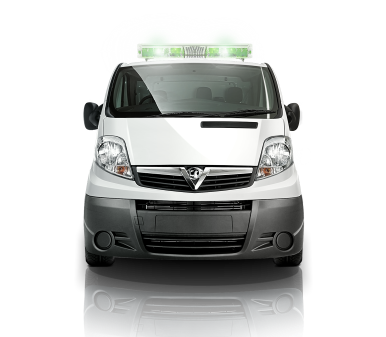
Resources
Expert insights so your fleet runs efficiently, safely & reliably
EV Rally 2024
The story of our journey on the 2024 EV Rally, a Greenfleet event we’re proud to sponsor.
News
Read all the latest news from Lex Autolease.
Case studies
Read about how we've helped many organisations get the best from their fleets.
LEXperts EV hub
A guide for fleet managers
Discover the advantages of integrating electric cars and vans into your business fleet. From tax incentives to reduced fuel and maintenance costs, explore how EVs can power up your company’s sustainability and efficiency.

Van Insights and guidance
Find out how we can help you run a safe and efficient operation that maximises productivity and minimises downtime.
Business Leasing
We’re one of the UK’s biggest providers of fleet vehicles, with the expertise to understand and manage your fleet requirements.
Public Sector
With nearly 20 years of expertise in public sector leasing, we’ve made it our mission to meet the needs of our customers.
Autumn Statement 2025
Find out what the Chancellor's latest statement means for you and your fleet.